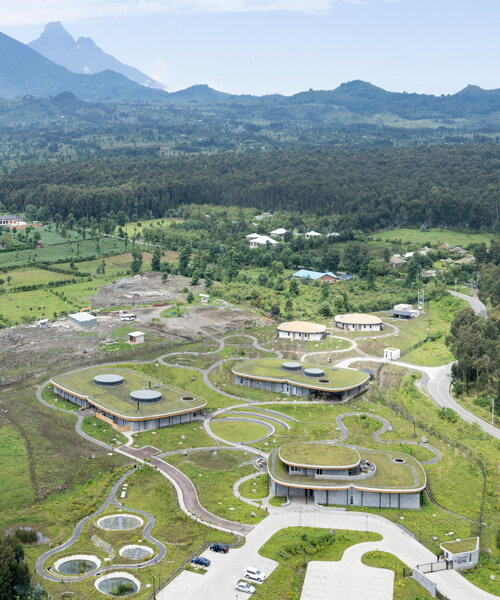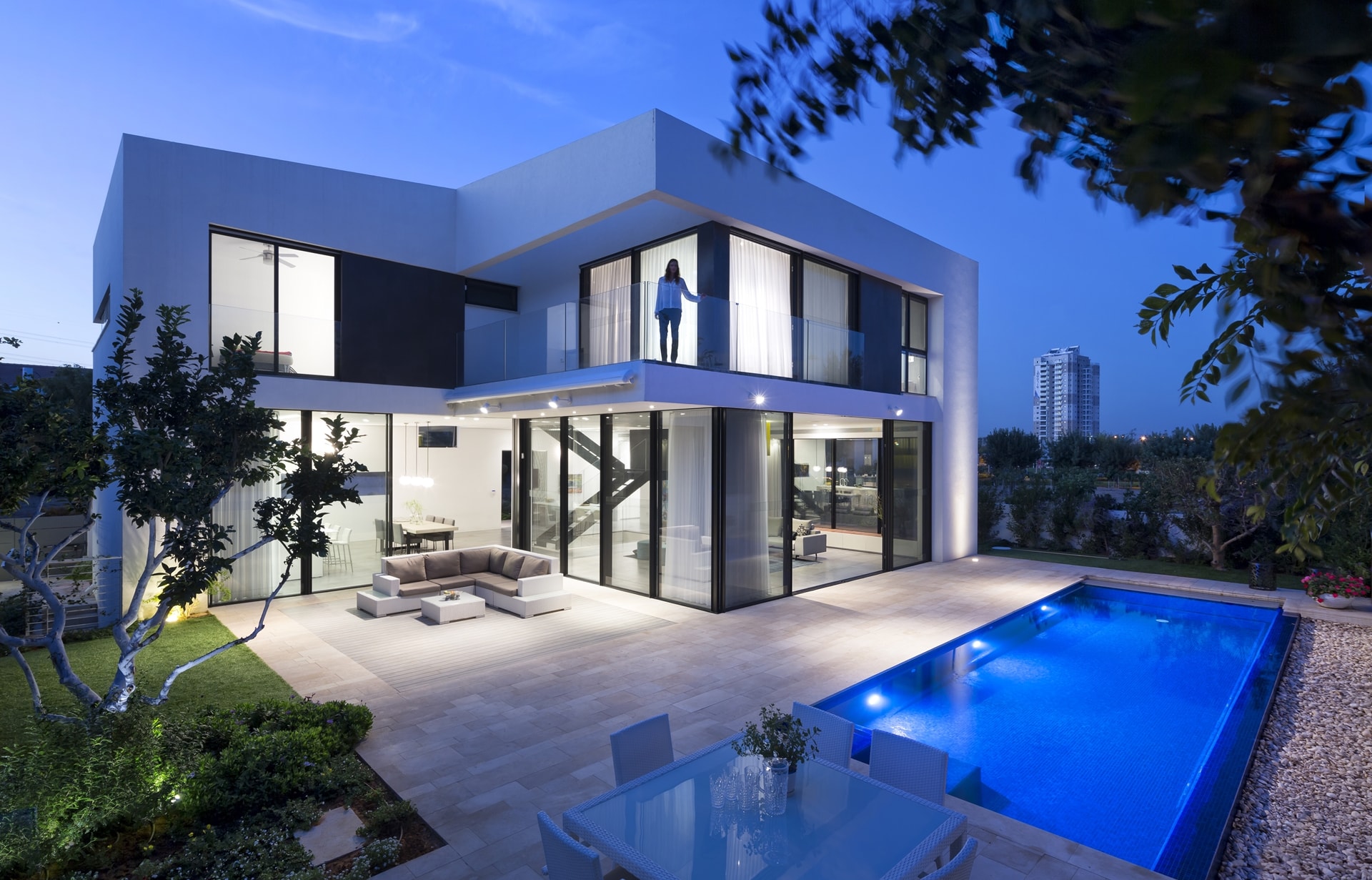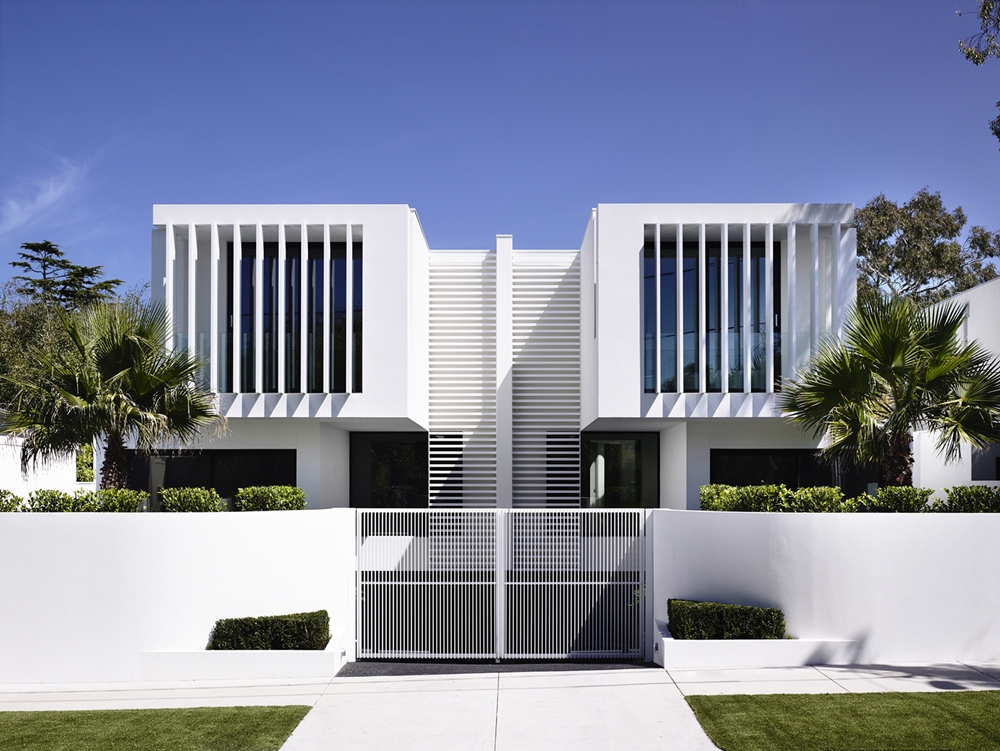Table Of Content

MASS Design won a competition for the project and the county committed $25 million to build it, to be supplemented by private fundraising. MASS Design’s plan includes a pool, basketball court, fitness center, childcare center, intergenerational playscape, and space for enrichment classes—all set in an inviting open design. Ahead comes the challenge of aligning those features with a final budget. Their approach largely relies on collaboration with nonprofits and local government. Long focused on land conservation along the Hudson, the organization decided to seek a larger role in river cities at about the time MASS Design took root in Poughkeepsie. “One thing led to another, and the relationships just started to develop,” said Jason Camporese, Scenic Hudson’s chief financial officer.
Lifestyle
The Co-op is soliciting program ideas from its members, and construction should begin by the end of the year. Kroner helped assemble what became a coalition of 16 organizations to explore possibilities. Dutchess County provided seed funding and eventually purchased the property from the city.
JUSTICE IS BEAUTY

The Family Health Center on Virginia in McKinney, Texas opened on January 26th, 2021. The center is part of a partnership led by the North Texas Family Health Foundation to expand healthcare access, improve health and wellness outcomes, and increase health equity in McKinney and throughout North Texas. For legal and practical reasons, he said, only a for-profit venture can play such a catalytic role; he believes the results could be transformative. Even the people whose neighborhoods are affected by a project could share in the value that results. For nonprofits, including MASS Design, it could alleviate the slog of raising money every year by creating an endowment. A tenet of the MASS philosophy is that beauty is not only for those who can afford it, regardless of budget, and its African experience has been a proving ground for this model.
MASS Celebrates Inaugural U.S. Healthcare Project
In an interview with ArchDaily, Katie explores her background and career, as well as what it means to design for more equitable futures today. Like architecture, construction is never neutral, it either hurts or heals. By starting MASS.Build, our own construction division in Rwanda, MASS is better able to deliver quality projects for our clients and partners while supporting the local economy with local purchasing, education, and job creation. Since its launch in 2019, MASS.Build’s construction team has grown to include 160 full-time, salaried staff (97% of whom are Rwandan, and 28% of whom are women), as well as 2,100 Rwandan contract staff. MASS.Build’s goal is to be a changemaker in the Rwandan construction sector—advancing ethics and impact, while meeting project targets. Driven by principles of design excellence, environmental stewardship, and human dignity, MASS.Build will expand our ability to deliver projects of impact from start to finish.
Boston Globe Today
The Poughkeepsie office, or studio, was its first U.S. outpost beyond its Boston headquarters. The Santa Fe studio, which focuses on native communities, was created in 2019 (see “Learning from Indian Country,” page 70). The firm’s defining domestic project to date is the National Memorial for Peace and Justice, which opened in 2018 in Montgomery, Alabama, a searing monument to black Americans murdered in lynchings and victimized in other ways because of their race. “The single greatest work of American architecture of the 21st century,” one critic called it.
Education School Announces Interim Dean
Read our op-ed in The Achitect’s Newspaper, “Lead with a mission-first design process to provide affordable housing,” here. MASS Design’s memorials lab is also responsible for such works as the Gun Violence Memorial Project, another collaboration with Thomas, unveiled in Chicago in 2019. But it’s a third collaboration involving Thomas, among other artists, that has drawn the most acclaim.
Today, MASS Design serves as architect for Scenic Hudson’s new $25 million headquarters in a renovated factory building on the Fall Kill, across the street from the east entrance to the region’s biggest tourist attraction, the Walkway Over the Hudson state park. Every year, more than 600,000 people visit the walkway, an old rail bridge—then leave. With a park along the Fall Kill and exhibit space, room for public events, conferences, and meetings, the headquarters has the potential to serve as the first bead on a string of redevelopment projects leading along a liberated river to the heart of the city. With its reliance on natural ventilation and light, as well as the adaptive use of an undervalued local resource—abandoned brick buildings—the design reflects Butaro’s lessons. At the National Building Museum exhibition, which opened almost two years ago, “The Embrace” is tucked in a far corner, alongside MASS’s stirring National Memorial for Peace and Justice in Alabama, a monument to enslaved people murdered in the South. High-profile memorials garner headlines, but the foundation of the firm’s work is in Africa, building accessible health care facilities designed to foster dignity and trust.
Team
MASS Design collaborated with Thomas from the start, and Evans, who works in the firm’s Boston headquarters, served as lead architect. The collapse embodied all that befell Poughkeepsie after the federal government made a massive urban renewal investment in the 1960s. Two three-lane arterials built to speed traffic through the city rendered the downtown an island of underinvestment. Buildings were demolished to make way for private development that never came. The call Murphy fielded followed Hurricane Irene, which flooded the Fall Kill, a river channelized by the Army Corps of Engineers and choked by trash.
Learning From Poughkeepsie - ARCHITECT Magazine
Learning From Poughkeepsie.
Posted: Wed, 01 Nov 2023 00:02:48 GMT [source]
MASS (Model of Architecture Serving Society) believes that architecture has a critical role to play in supporting communities to confront history, shape new narratives, collectively heal and project new possibilities for the future. The response team will leverage lessons learned from the last ten years of working in infectious disease settings and will engage key thought leaders in design and healthcare. In the midst of our current global pandemic, we seek to bring designers and architects to support the fight to keep everyone safe. We’re dedicating resources to form a core COVID-19 Response Team, who will be available to help our partners on the front lines, and developing a set of guides that can serve as a resource to all.
By investing in local construction capacity MASS.Build assists our partners in delivering projects that maximize value throughout the supply chain. Everyone involved in the project recognized Thomas’s design as a risky, provocative choice—including the sculptor himself. “I remember showing Michael (Murphy) the rendering and saying, ‘I don’t know if I can do this without the heads,’” Thomas said at a forum before the memorial’s unveiling. “We wanted to force people to snap out of the matrix and realize there is something bigger at play.” Their joint submission won a design competition, and Evans led a team of 20 at MASS Design who saw the project through. Our projects move beyond just issues of energy use and efficiency, to holistically design the project ecosystem, including an entire supply chain that is sustainable, resilient, and regenerative. We work using a One Health design strategy that produces diverse, healthy, and productive habitats for human, animal, and ecological growth.

Community development corporations are among the place-based organizations who advocate for the well-being of their neighbors and translate their love and concern into dignified, secure, healthful housing in their communities. To make housing home, we need to agree on a vision of a country where every person has a home, and that starts by knowing your neighbor. More inclusive, equitable futures are grounded in how we design for justice and the human condition. Katie Swenson is a Senior Principal of international non-profit MASS Design Group, and she has spent her career building social equity and advocating environmental sustainability. At the heart of her work is a thread of collective optimism, a knack for bringing people together to create healthier communities that promote human dignity and joy.
I loved walking the city, giving me exposure to the cultural dynamics and urban texture of Paris and fueling my love for cities. The Gun Violence Memorial Project is currently on display at the National Building Museum, in Washington D.C. The exhibition features four houses built of 700 glass bricks, representing the average number of lives taken due to gun violence every week in America. Each brick holds a remembrance object given to the project in honor of a loved one taken by gun violence. The memorial project is an effort led by MASS in partnership with artist Hank Willis Thomas, Purpose Over Pain, and Everytown for Gun Safety to honor victims of the gun violence epidemic.
Carroll affordable housing project for the elderly, under construction in Boston’s Brighton section, is a case in point. A project of the nonprofit 2Life Communities and the Boston Housing Authority, the Carroll design starts with the most efficient shape—a rectangle—and breaks it into five offset blocks, or neighborhoods, linked by a central corridor. The result brings more light into what will be a larger, more densely populated building than the outdated 64-unit structure it is replacing, while maximizing the opportunity for outdoor courtyards and green space. A playscape outside the main entrance is intended to draw in nearby families.
We believe that every scale of design offers opportunities to benefit users, makers, and the environment. Our furniture design studio, MASS.Made, extends MASS’s commitment to local fabrication by making sustainable products that benefit both people and the planet. Read more about The Embrace, designed in partnership with artist Hank Willis Thomas.
The community-committed Poughkeepsie team members envision their work as “a kind of replicable model” for repairing battered cities. I first encountered MASS in 2010 at a Structures for Inclusion conference at Howard University. Michael Murphy presented the Butaro Hospital work, which was then under construction. From 2000, when I entered the profession, until 2010, there was a lot of energy and momentum around public interest design.
As a visitor enters the pavilion, the floor falls away, with more pillars, now suspended, overhead—leaving the unmistakable impression of walking beneath corpses. In the central courtyard, it’s the visitors who feel as if they are being judged by the pillars, as silent onlookers. The whole amounts to an immersive experience of recognition, discomfort, reflection, and transformation—a confrontation with the past intended to create hope for the future. A second set of matching pillars rests on the ground outside; EJI invited every county to claim its own pillar and bring it home. That fall, when Farmer’s assistant called to ask if Murphy could design a hospital, he turned to his classmates—literally; he took the call at the GSD—and asked if they could help.










